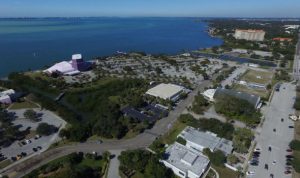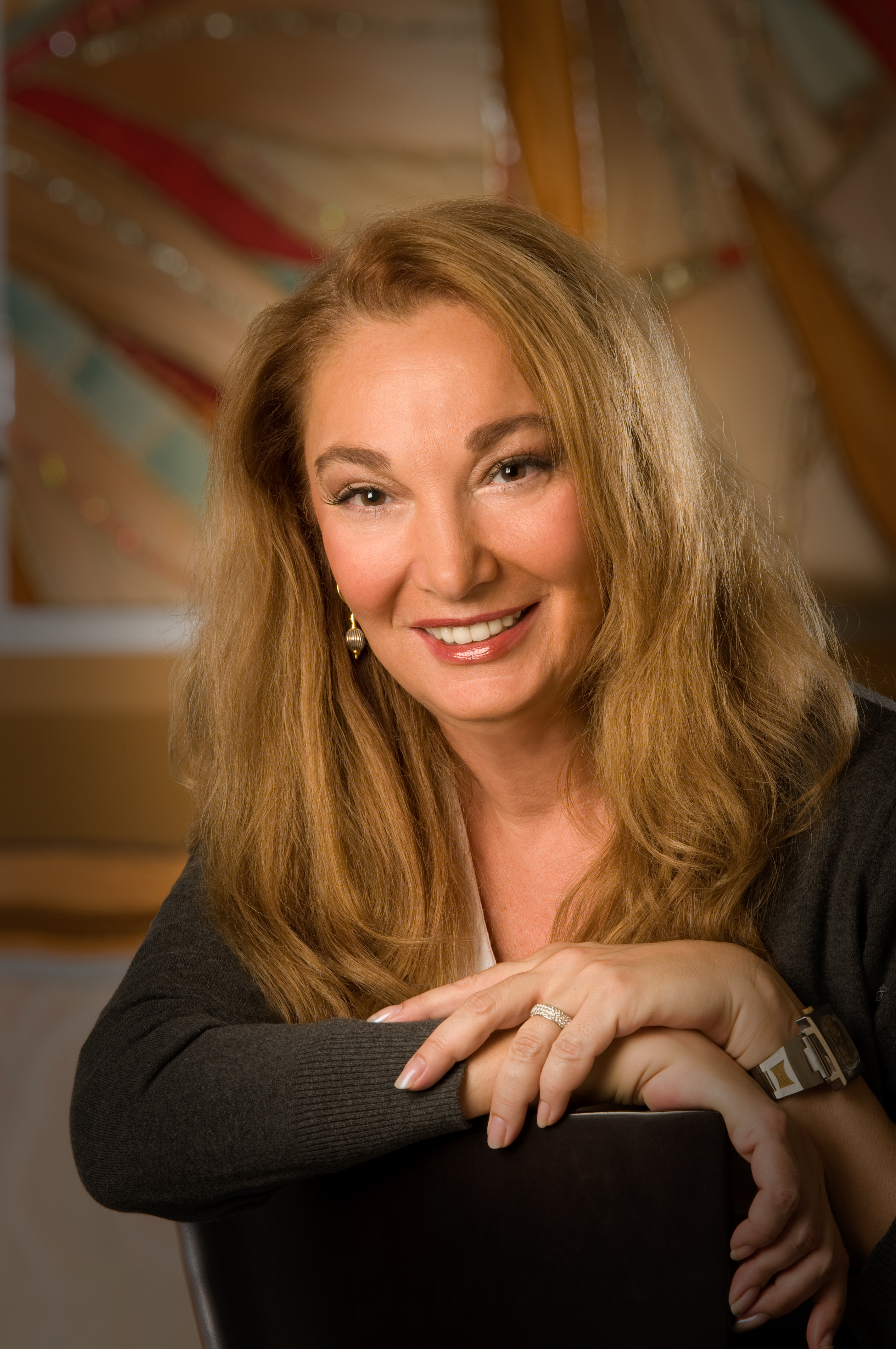 Plans are to transform the 42-acre city-owned area around the Van Wezel Performing Arts Hall into a Public arts and cultural district.
Plans are to transform the 42-acre city-owned area around the Van Wezel Performing Arts Hall into a Public arts and cultural district.
A new vision for the city-owned bayfront in the heart of downtown Sarasota will be delivered to, and ideally approved by, city officials as soon as mid-July 2018, according to the groups spearheading the project.
The ambitious timeline could complete the project after nearly two decades and an array of plans from the city and numerous civic groups most recently brought together under the Bayfront 20:20 umbrella.
Now called simply The Bay, the project turned a corner over the past two months when Boston-area planning firm Sasaki and former Kimley-Horn & Associates executive Bill Waddill were hired to lead the master plan process to transform the 42-acre city-owned area around the Van Wezel Performing Arts Hall into a Public arts and cultural district.
The group raised more than $2 million in private funding from local foundations and philanthropists for the master plan and held a series of “listening sessions” this week, including at the City Commission, before making the first major public presentation since Sasaki and Waddill joined the effort at a Herald-Tribune forum Wednesday.
“We are just kind of blown away by this opportunity and it’s just amazing,” said Susannah Ross, a senior associate with Sasaki working on the plan. “The water’s edge condition changes as you move through the site. I think there are so many possibilities for how to expand on that and experience the bay.”
Ross and Sasaki principal Martin Zorgan, an urban planner, presented the process by which their firm, partner firms and a team of local advisors on the nonprofit Sarasota Bayfront Planning Organization will, over the next eight months, draft a master plan for the physical site and financing mechanisms that could pay for it.
“Who’s gonna pay for it?” Martin said. “Well, it’s a little bit of all the above. There’s philanthropic monies, there’s federal monies, there’s state monies, there’s local monies … what, if any, taxpayer monies go to it.
“We don’t want it to be a surprise … it’s not easy by any means, but it’s definitely doable and great things are worth doing.”
“The process will include studying the series of previous plans for the site, the Bayfront 20:20 ideas and the range of construction going on and planned around it — from the 18-story BLVD condominiums to the east to the massive Quay Sarasota project to the south and the series of roundabouts along U.S. 41 throughout the corridor,” Zorgan said.
Sasaki’s team will consider ways to draw visitors and residents alike to the new space with open areas, opportunities to interact with the bayfront and the buildings along the bayfront now, like the Van Wezel and the lawn bowling and garden clubs, Ross and Zorgan said.
The project is light on specifics about those plans and the financing, but those will develop as Sasaki returns for more feedback in February and then again in April. Draft plans will be presented in May and June.
“We haven’t done it yet, but one option is you in perpetuity establish the site as a Sarasota Land Trust or whatever and you govern it under certain standards,” said A.G. Lafley, chairman of the planning organization and former CEO of Proctor & Gamble. “I’m not making this up off the top of my head — this is done in cities across America and around the world.
“We’re not just going to show a fancy plan from Sasaki and Bill Waddill,” he continued. “We’re really going to work on the financing piece and government piece and the sustainability piece.”
Mayor Shelli Freeland Eddie stressed to the group at its presentation to the commission Monday night that the public continue to be able to provide feedback on the versions of the plan as they develop.
Ultimately, the City Commission will have the final say on the plan, City Planning Director Steve Cover said during the forum.
“It needs to provide accessibility to the water, it needs to be accessible to everyone, it needs to be accessible across (U.S.) 41 and it needs to be a transparent process,” Cover said. “Those are the things we’ll be focusing on. Plus when we get to the end we’ll have to address any regulatory problems involved.”
“The goal is a master plan that represents, as I said, what the community needs and wants that’s executable because we can afford it we can do it and it’s environmentally sustainable,” Lafley added later. “Ultimately the city controls the land.”
Herald Tribune December 6, 2017
